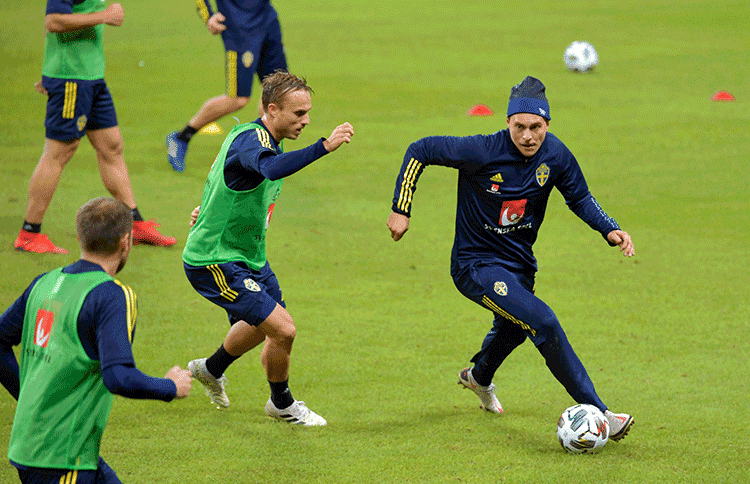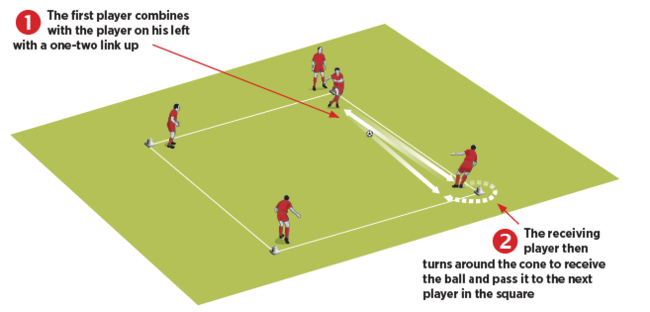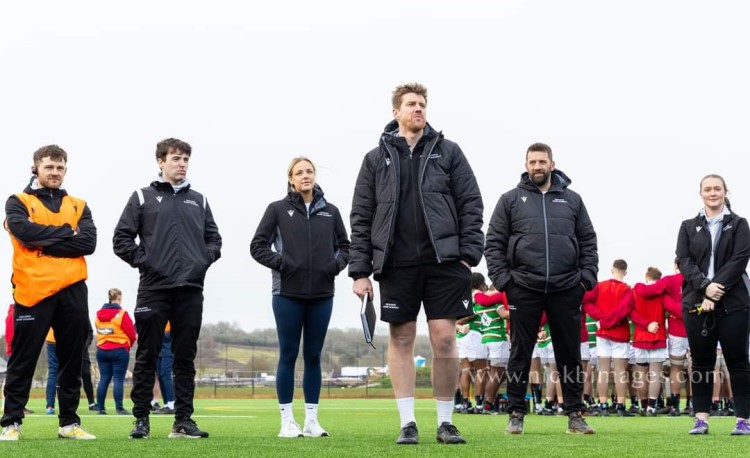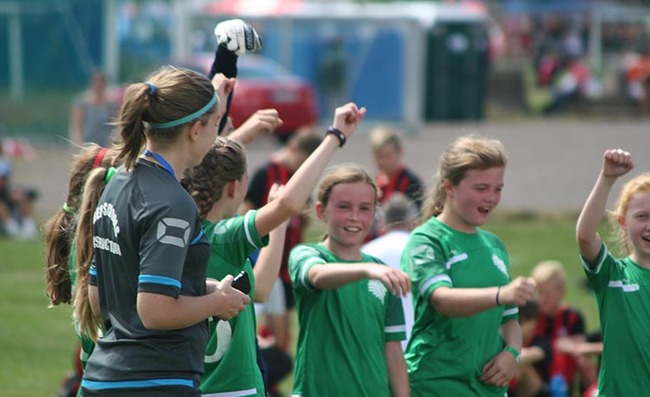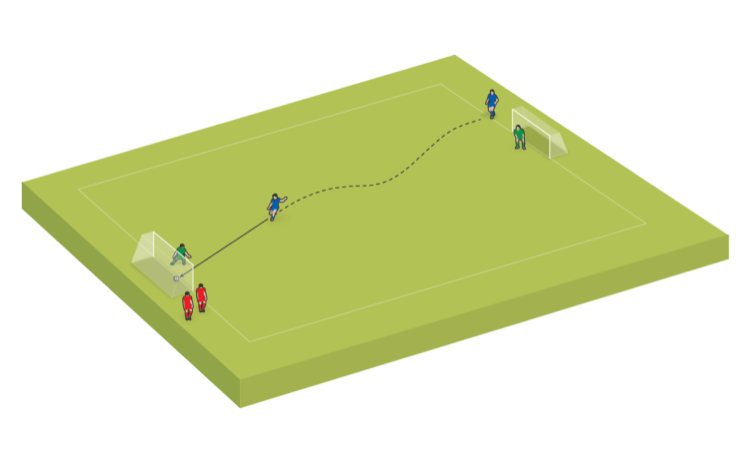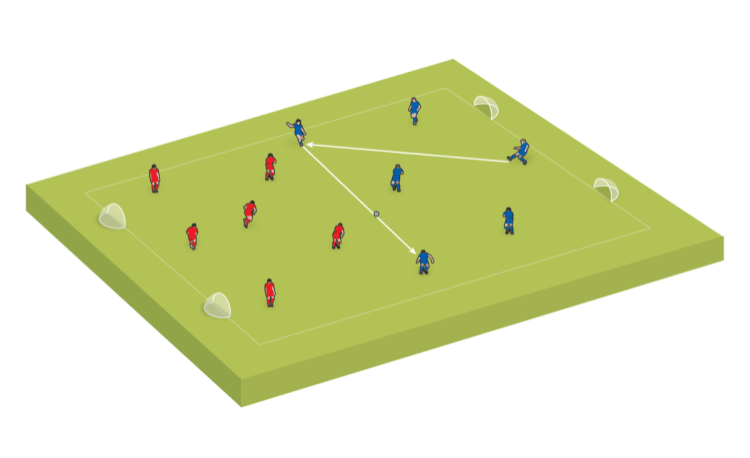Why 3v2 helps your coaching point
Coaching Adviceby Dave Clarke
What you are trying to coach your players in this session is to look for the disguising of passes with the use of subtle reverse balls, turns and flicks. Movement off the ball and away from opponents is crucial, while the attacking part of the session in the 3v2 rehearses all-out finishing, techn...
When I played the session Short Attacks with my Under 14s the tempo of the session became very high working into the 3v2 which helped with the boys movement and support play.
See the drill here
What you are trying to coach your players in this session is to look for the disguising of passes with the use of subtle reverse balls, turns and flicks. Movement off the ball and away from opponents is crucial, while the attacking part of the session in the 3v2 rehearses all-out finishing, technique, placement and power.
Try to encourage one-touch play but players will need to use two-touch on a lot of occasions as they look to pass and move. Supporting the pass will be the key to success in matches.
You should pay special attention to the quality of movement during exercises. I also need to check that my players are focused on playing one-touch where possible which will advance their technical development.
A good first touch:
- Gives a player TIME and SPACE to assess what to do next, for instance, pass, dribble or shoot.
- Ensures a time-wasting second touch isn’t required getting the ball out of the feet.
- Enables players to operate comfortably under pressure and in tight situations.
Whereas a poor first touch:
- Can take the momentum out of an attack.
- Might result in lost possession.
First touch tips to beat defenders
A good first touch gives players the time and space to assess what to do next – pass, dribble or shoot. It also ensures that a time-wasting second touch isn’t required and allows players to operate comfortably under pressure in tight situations. To have a great first touch, your players should always:
- Move into position to intercept the ball early
- Select the controlling surface (boot, chest, thigh etc)
- Place the controlling surface in the ball’s path
- Stay balanced using the arms
- Watch the ball carefully to judge its direction and speed
- Keep the head steady
- Be relaxed
Newsletter Sign Up
Coaches Testimonials

Gerald Kearney, Downtown Las Vegas Soccer Club

Paul Butler, Florida, USA

Rick Shields, Springboro, USA

Tony Green, Pierrefonds Titans, Quebec, Canada
Subscribe Today
Discover the simple way to become a more effective, more successful soccer coach
In a recent survey 89% of subscribers said Soccer Coach Weekly makes them more confident, 91% said Soccer Coach Weekly makes them a more effective coach and 93% said Soccer Coach Weekly makes them more inspired.
*includes 3 coaching manuals
Get Weekly Inspiration
All the latest techniques and approaches
Soccer Coach Weekly offers proven and easy to use soccer drills, coaching sessions, practice plans, small-sided games, warm-ups, training tips and advice.
We've been at the cutting edge of soccer coaching since we launched in 2007, creating resources for the grassroots youth coach, following best practice from around the world and insights from the professional game.
More from us
© 2023 Soccer Coach Weekly
Part of Green Star Media Ltd. Company number: 3008779
We use cookies so we can provide you with the best online experience. By continuing to browse this site you are agreeing to our use of cookies. Click on the banner to find out more.
